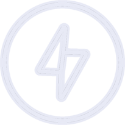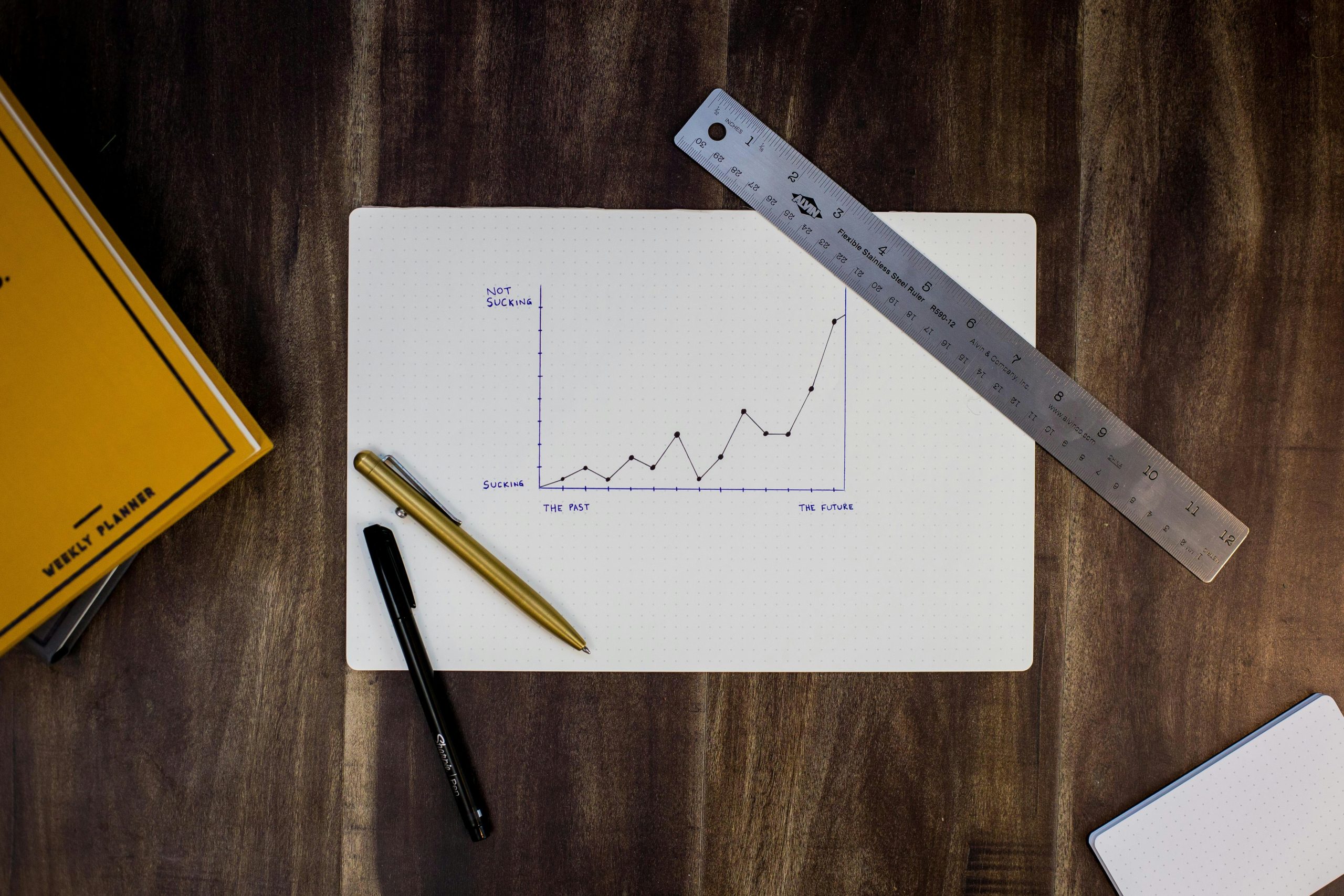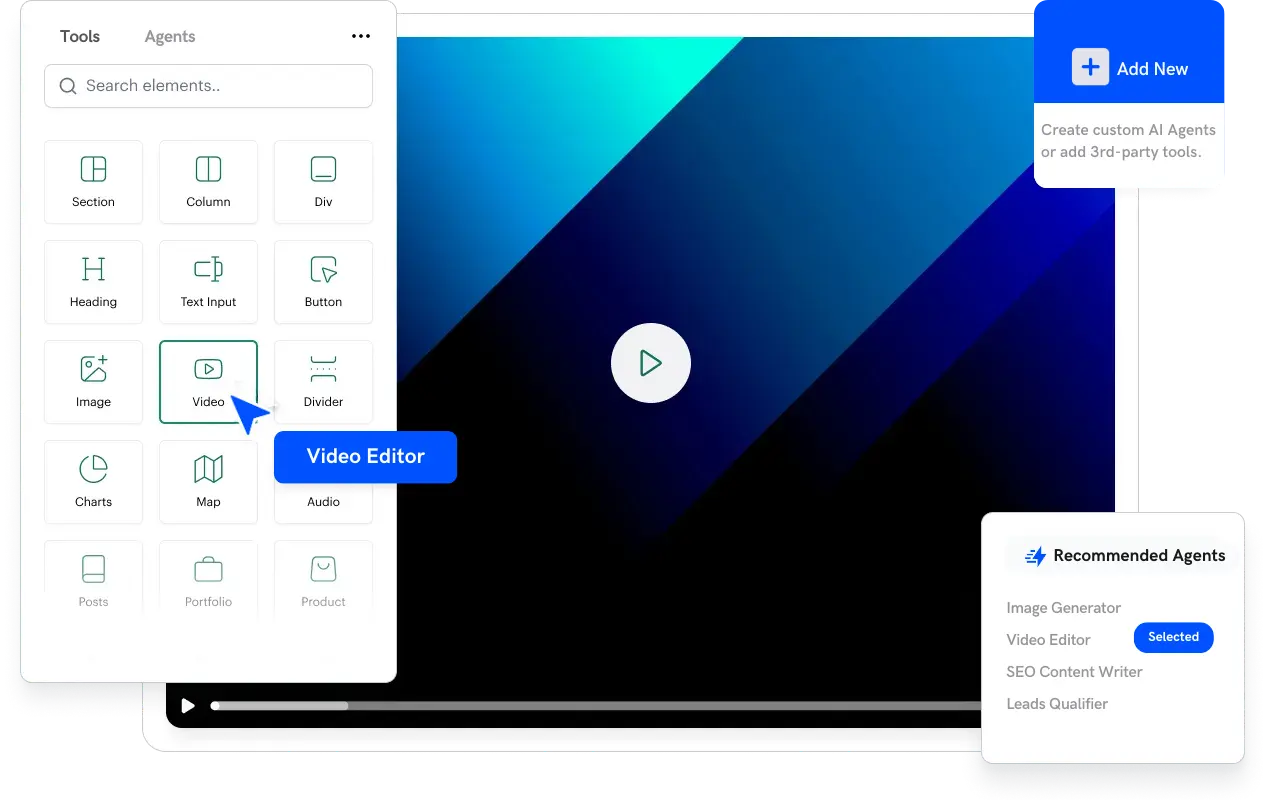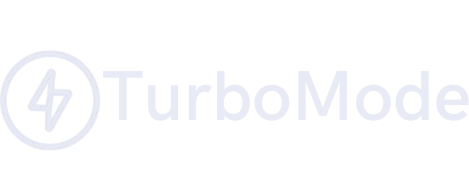In the fast-paced world of 2025, personal productivity is more crucial than ever. With remote work, AI-powered tools, and an increasing number of digital distractions, having an effective personal productivity system is essential for achieving goals and maintaining a work-life balance. The right system can help you stay organized, focused, and efficient without feeling overwhelmed. In this article, we’ll explore the essential components of a personal productivity system, the latest AI-driven productivity trends, and how to tailor a system that fits your unique needs.
Why You Need a Personal Productivity System
A productivity system is more than just a to-do list. It’s a structured approach to managing tasks, goals, and time effectively. Without a system in place, it’s easy to fall into productivity pitfalls such as procrastination, multitasking, and poor prioritization. Here’s why having a structured system is essential:
- Increases Efficiency: A well-defined workflow minimizes wasted time and effort.
- Reduces Stress: Knowing what to do and when to do it prevents last-minute chaos.
- Enhances Focus: A system helps eliminate distractions and prioritize important tasks.
- Improves Goal Setting: It allows for better tracking and evaluation of progress.
Key Components of a Personal Productivity System
Every productivity system consists of key components that ensure maximum efficiency. Below are some foundational elements to incorporate:
1. Goal Setting and Prioritization
Setting clear, actionable goals is the foundation of any productivity system. Follow the SMART framework:
- Specific: Define the goal clearly.
- Measurable: Set milestones to track progress.
- Achievable: Ensure goals are realistic.
- Relevant: Align goals with your broader objectives.
- Time-bound: Set deadlines to maintain momentum.
AI-powered tools like Turbomode can help break down large goals into manageable tasks and track progress automatically.
2. Task Management
Managing tasks effectively ensures that nothing falls through the cracks. Use AI-powered tools like Notion, ClickUp, or Turbomode to:
- Automate task creation based on priorities.
- Use AI to suggest optimal task sequences.
- Delegate tasks efficiently.
3. Time Management: Time Blocking vs. Adaptive Scheduling
Two popular methods for managing time effectively include:
- Time Blocking: Allocating specific time slots for tasks to minimize distractions.
- Adaptive Scheduling: Using AI-powered tools to dynamically adjust schedules based on priorities, energy levels, and deadlines.
For 2025, AI-driven scheduling tools are redefining time management by analyzing your habits and suggesting optimal work sessions.
4. Automation and AI-Powered Workflows
AI has revolutionized productivity by automating repetitive tasks. Some ways to integrate AI into your workflow:
- AI Task Management: Tools like Turbomode prioritize tasks based on deadlines and workload.
- Smart Email Sorting: AI filters emails and suggests responses.
- Automated Meeting Summaries: AI tools generate action points from virtual meetings.
5. Daily and Weekly Reviews
A personal productivity system should include regular check-ins. Set aside time for:
- Daily Reviews: Assess accomplishments and plan for the next day.
- Weekly Reviews: Evaluate progress on goals and adjust accordingly.
AI-powered analytics can generate reports on your productivity trends, helping you make data-driven adjustments.
6. Digital Decluttering and Focus Strategies
With endless notifications and distractions, digital decluttering is crucial. Consider:
- Disabling non-essential notifications.
- Using Focus Modes: AI tools can block distracting websites and limit social media use.
- Leveraging Minimalist Digital Workspaces: Tools like Notion and Trello streamline workflows by reducing clutter.
7. Work-Life Balance and Mental Wellness
Burnout is a major challenge in 2025. Maintain balance by:
- Scheduling Breaks: AI-driven apps recommend break intervals.
- Practicing Mindfulness: AI-powered meditation apps like Calm or Headspace enhance mental well-being.
- Tracking Energy Levels: AI productivity tools suggest optimal work times based on fatigue levels.
How to Build a Personal Productivity System That Works for You
Now that we’ve outlined the essential components, here’s a step-by-step guide to building your own system:
Step 1: Assess Your Current Productivity Habits
Start by analyzing your productivity strengths and weaknesses. Identify time-wasting activities, distractions, and ineffective work patterns.
Step 2: Choose the Right Tools
Select AI-powered tools that fit your workflow. For instance:
- Task Management: ClickUp, Todoist, or Turbomode
- Time Tracking: RescueTime, Clockify
- Automation: Zapier, IFTTT
Step 3: Create a Daily Routine
Structure your day based on energy levels and priorities. Use AI tools to optimize your workflow.
Step 4: Implement and Iterate
Test your system and make necessary adjustments based on results. Use AI analytics to refine your approach.
Step 5: Stay Consistent and Evolve
Productivity is an ongoing process. Stay consistent, track progress, and adapt to new tools and strategies.
Future of AI in Personal Productivity (Beyond 2025)
The integration of AI in personal productivity will continue to evolve. Some upcoming trends include:
- AI-Powered Digital Assistants: Personalized AI assistants will manage tasks, schedule meetings, and suggest productivity strategies.
- Neural Interfaces: Brain-computer interfaces could enable hands-free task management.
- Hyper-Personalized Productivity Systems: AI will adapt productivity frameworks to each individual’s cognitive patterns and preferences.
Conclusion
Creating a personal productivity system that works for you requires a combination of structured goal-setting, smart task management, AI automation, and consistent review. By leveraging the latest AI-powered tools like Turbomode, you can maximize efficiency, maintain focus, and achieve your goals in 2025 and beyond. Start building your personalized productivity system today and take control of your time like never before.
Photo by Isaac Smith on Unsplash






